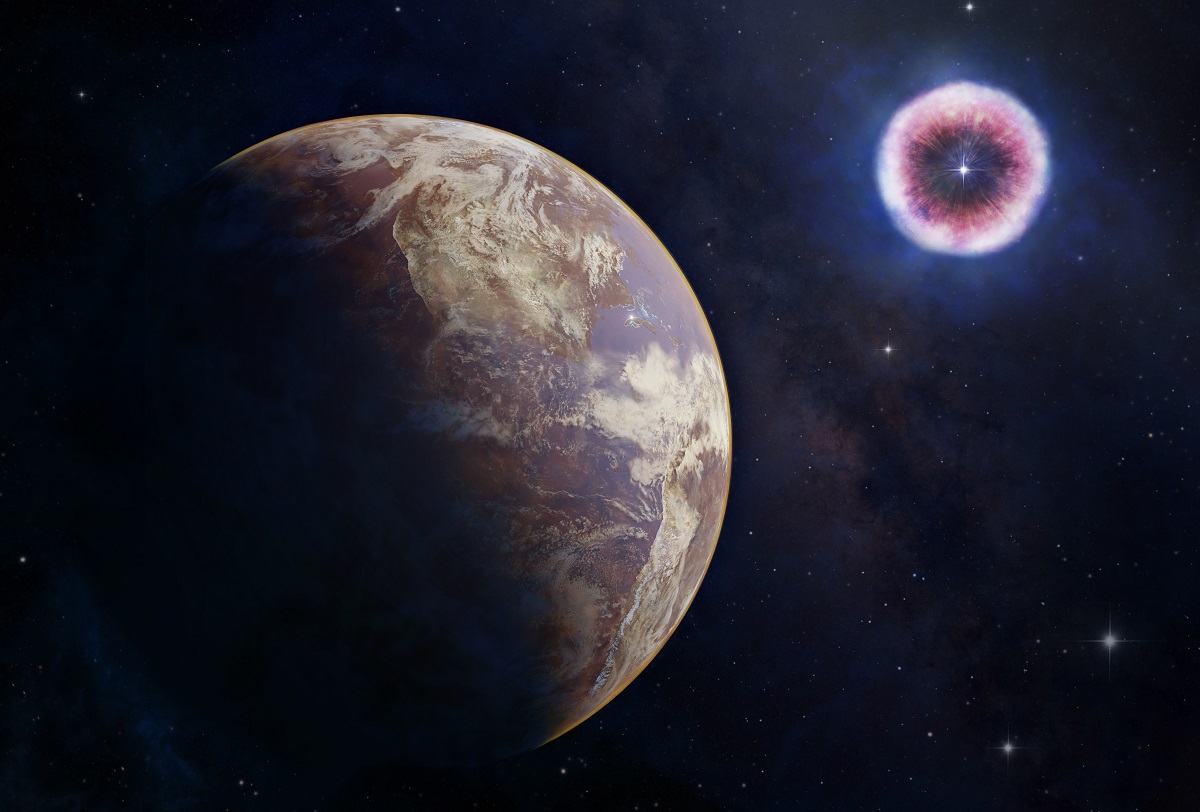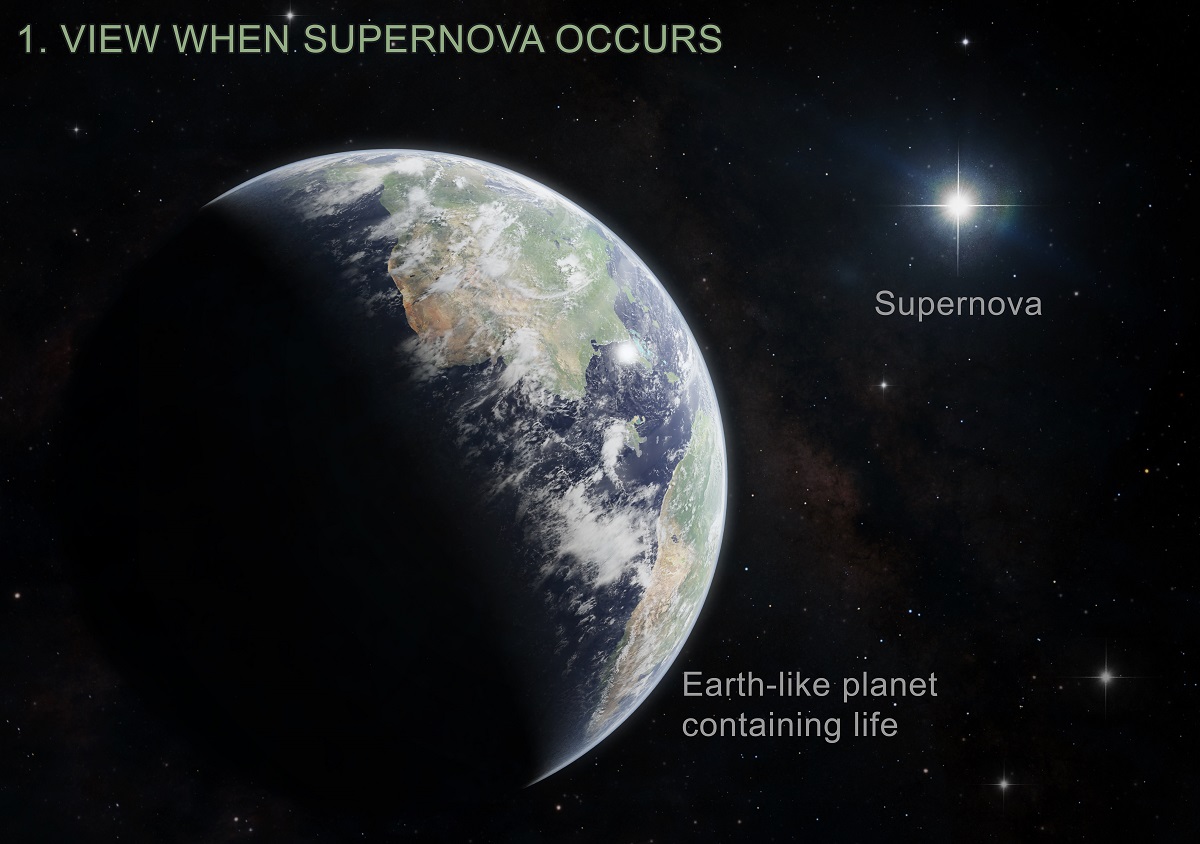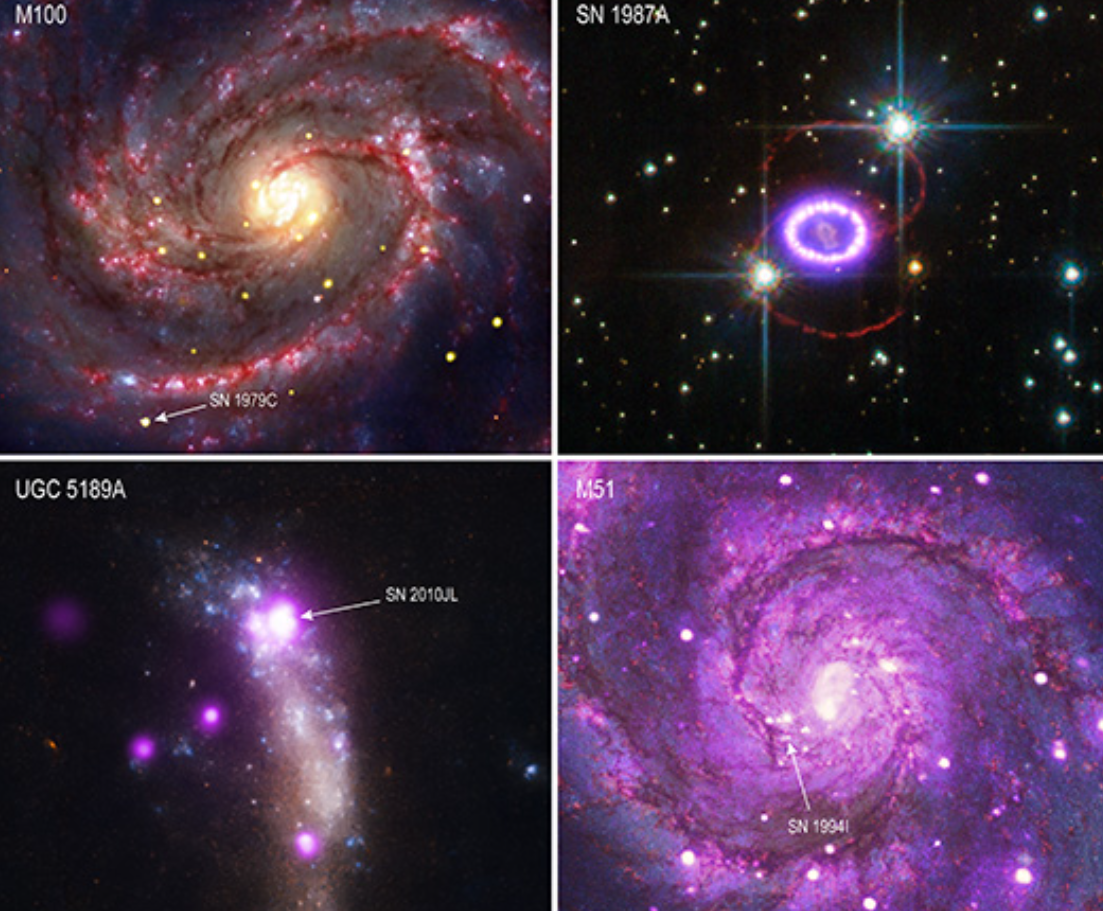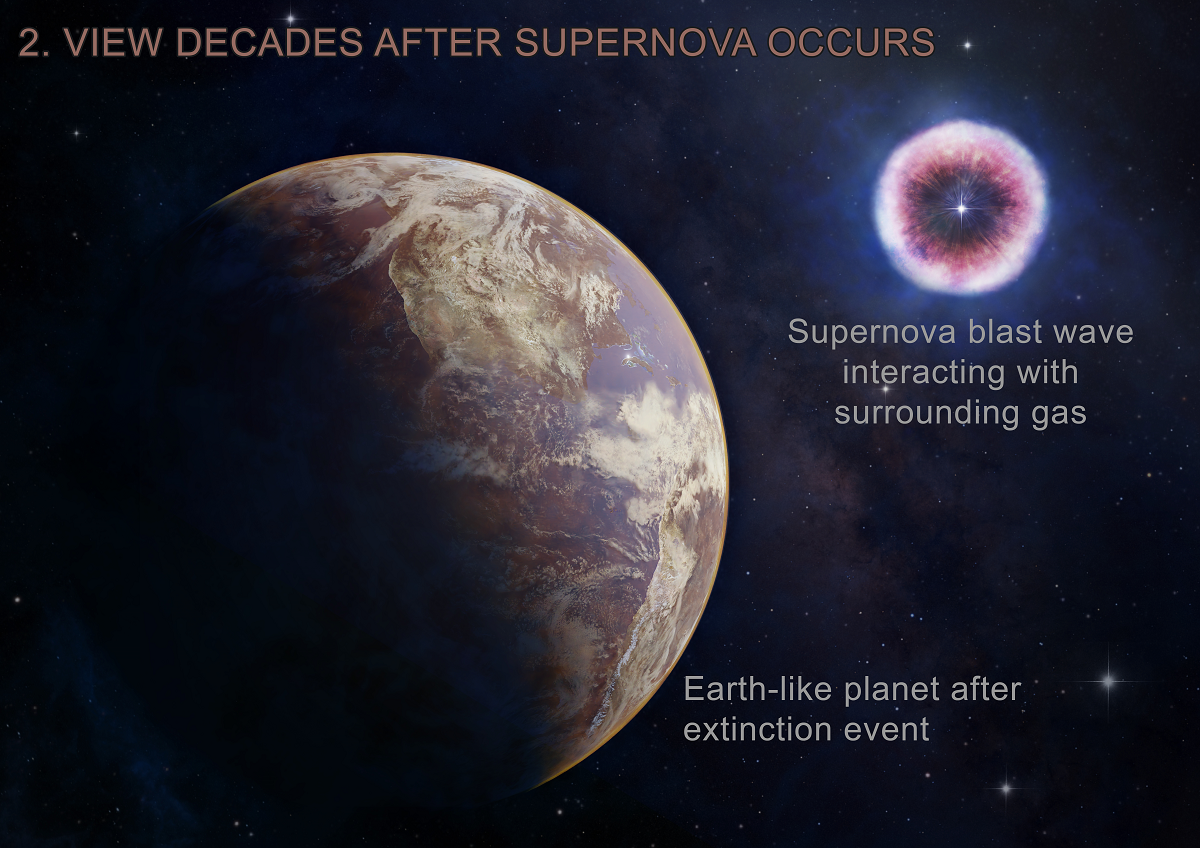Supernovae can destroy life on planets more than 100 light years away - traces of stellar influence found on Earth

The National Aeronautics and Space Administration (NASA) has reported that supernovas are capable of destroying life on planets. The range of X-rays can reach tens of light years.
Here's What We Know
The flux of high-energy particles, which forms during supernova explosions, travels for thousands of years. It, along with gamma rays, can destroy biological life on nearby worlds.

X-rays have been found to have an identical property. It appears after the flash when the blast wave passes through the gas surrounding the supernova. A stream of X-rays can destroy life more than 100 light years away.
Scientists from NASA examined data from the observation of 31 supernovae. The Chandra and Swift space observatories, the Nuclear Spectroscopic Telescope Array (NuSTAR) and the European Space Agency (ESA) XMM-Newton Space X-ray Telescope were used for this.

According to the data, a supernova flare could produce a flood of X-rays and expose planets up to 160 light years away to a lethal dose of radiation. NASA has published images of four supernovae on its website. The object SN 2010jl produced the highest amount of X-rays. Scientists believe the star exposed planets like Earth to a lethal dose of radiation within a radius of at least 100 light years.
For planets similar to our own, the radiation can destroy nearly all of the ozone that protects against ultraviolet radiation. In addition, radiation can kill a number of marine organisms that are at the beginning of the food chain. Plants will die because the air is saturated with nitrogen dioxide.

Although things are relatively calm on Earth, scientists have already found traces of the impact of supernovae on our planet as well. These are isotopes that have formed due to excess gamma rays. It is possible that these are the effects of supernovae, which are 65-500 light years away from Earth. The explosions could have occurred 2-8 million years ago.
To conclude, let us reassure everyone that there are no stars in the immediate vicinity of our planet which plan to increase their brightness millions of times. However, the very fact that supernovae have the power to destroy biological life significantly reduces the Galactic habitability zone in the Milky Way.
Scientists plan to continue studying supernovae outbursts. This will not only learn more about the effects on planets, but it will also save taxpayers money by avoiding the futile search for life where it has been destroyed by radiation.
Source: NASA